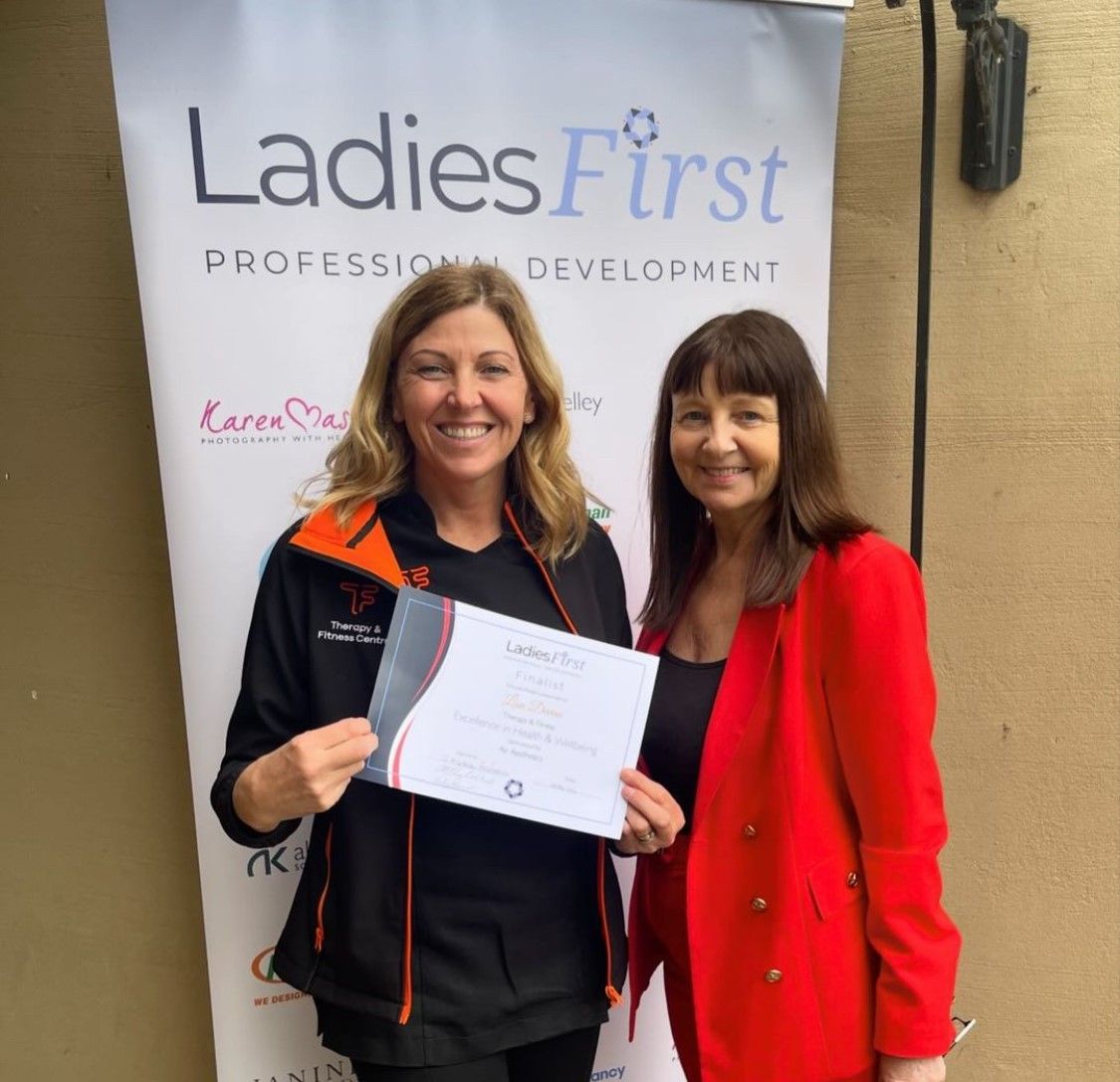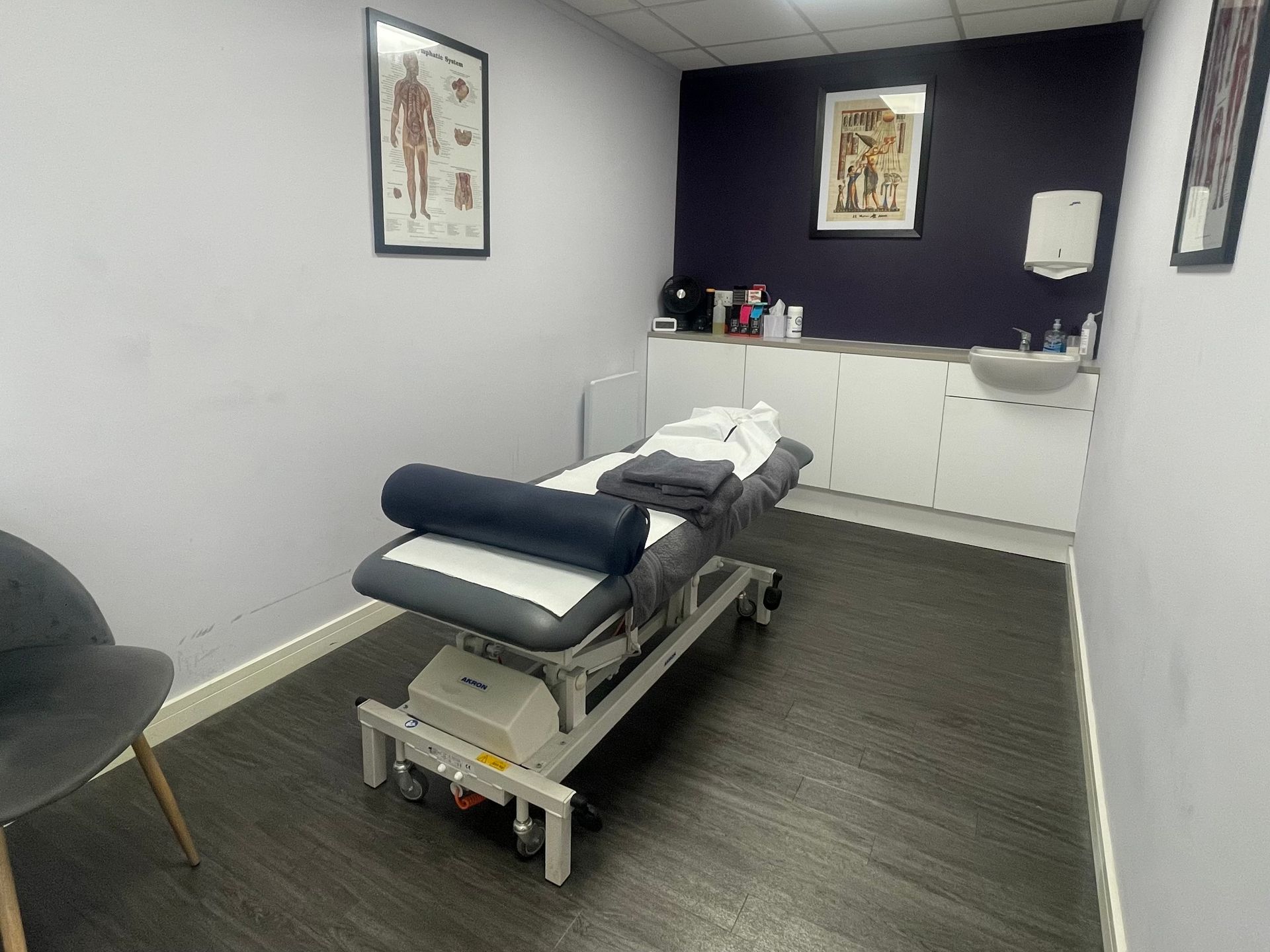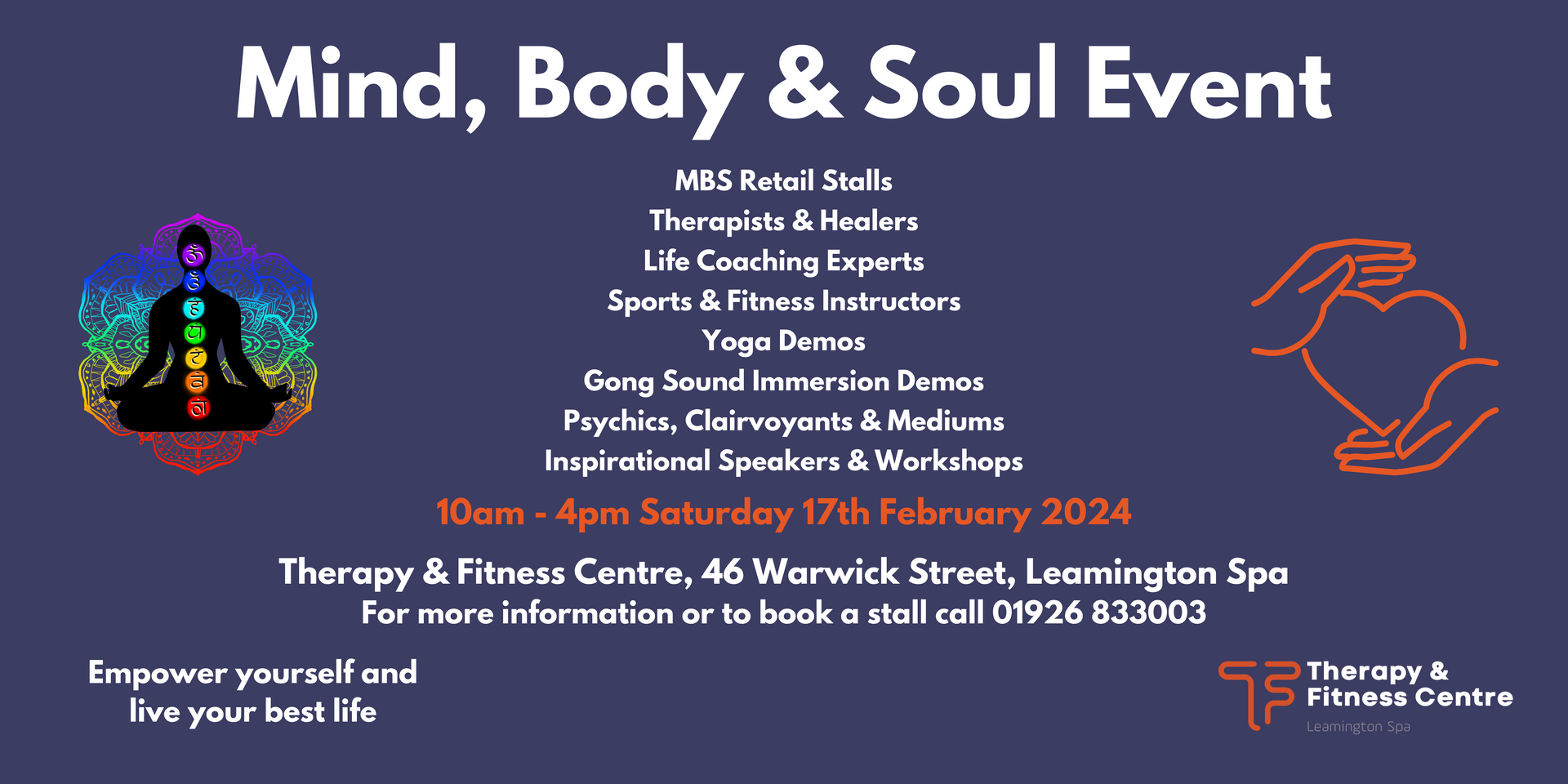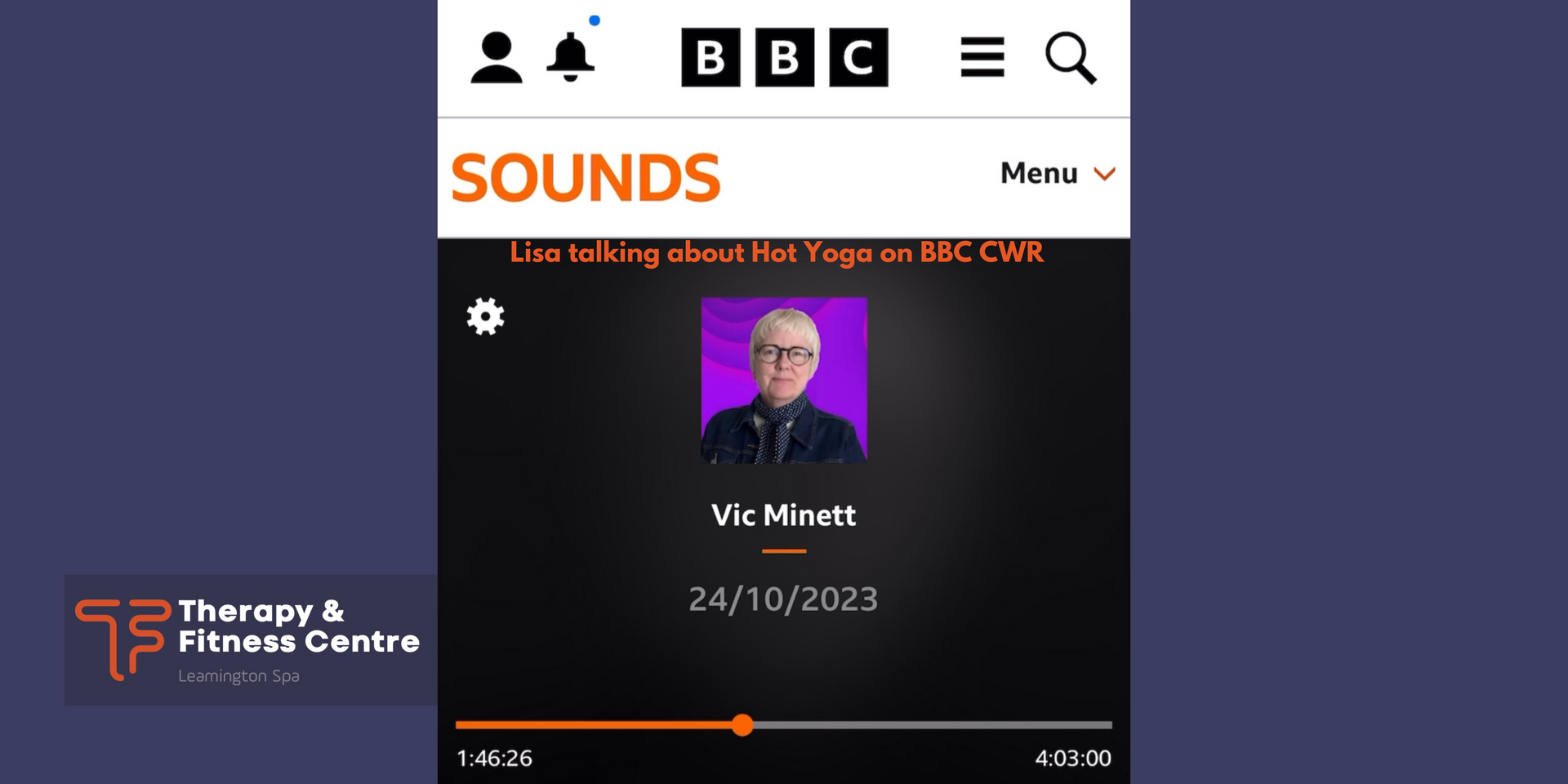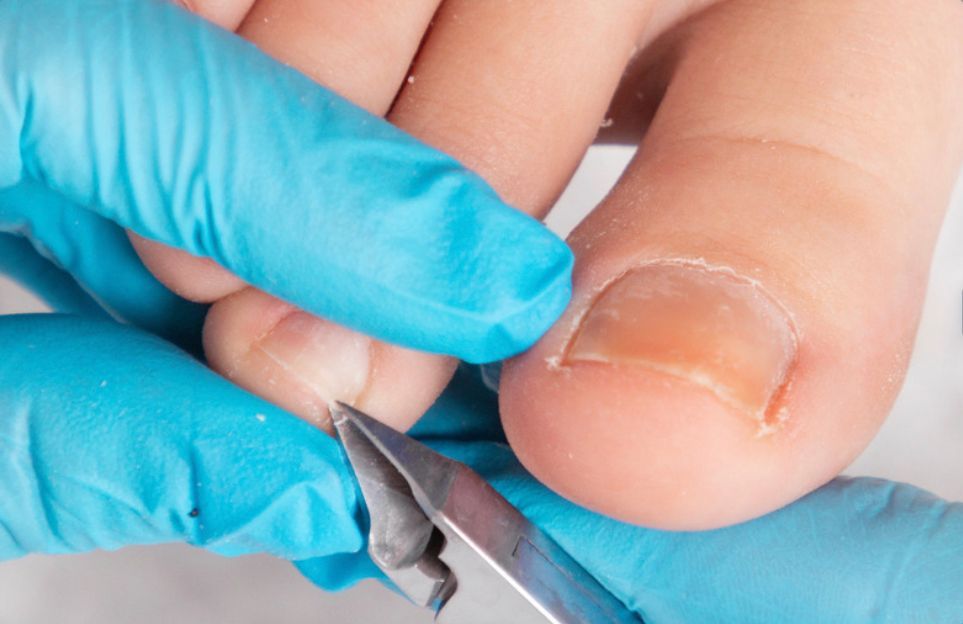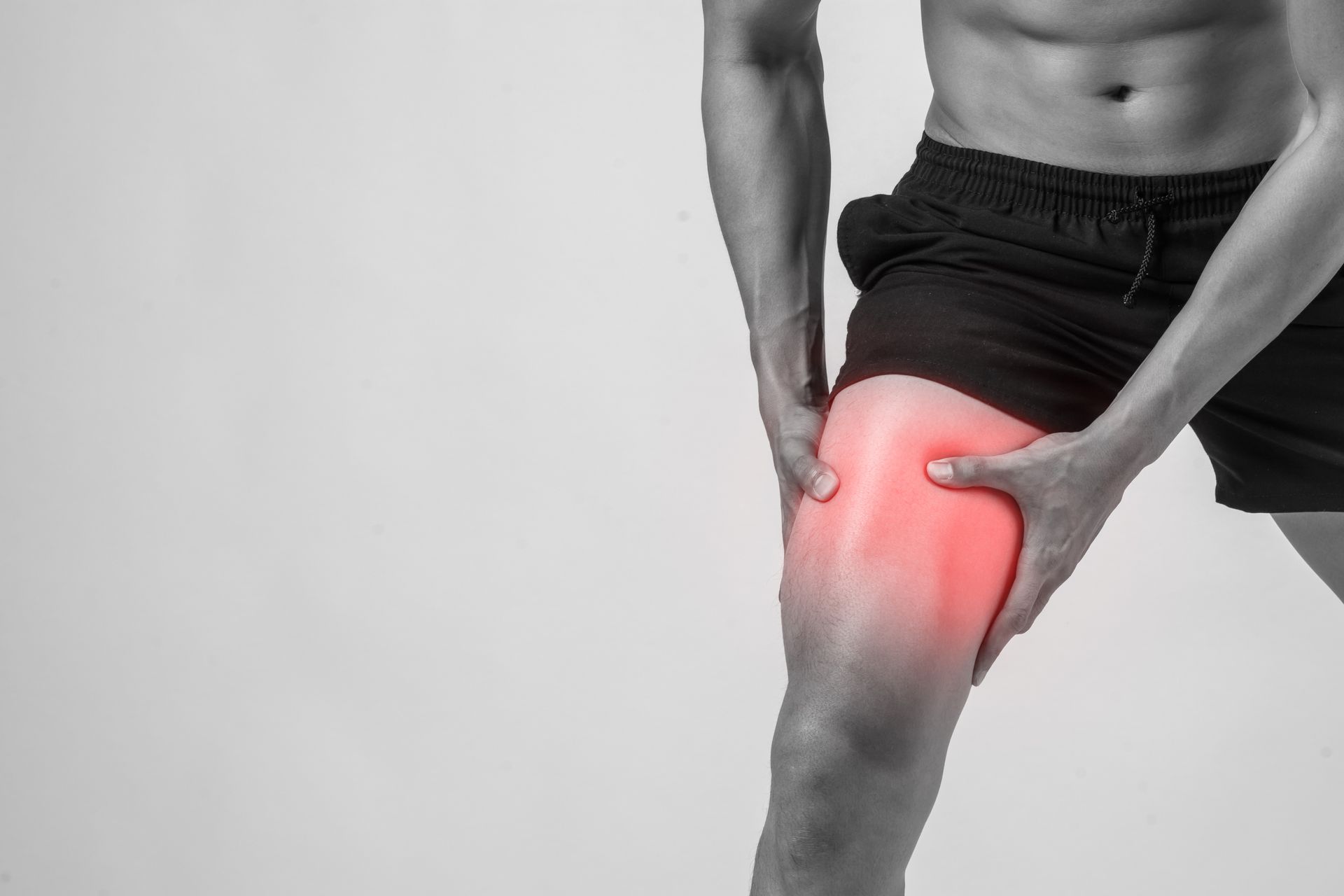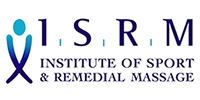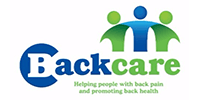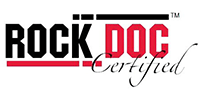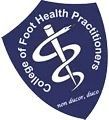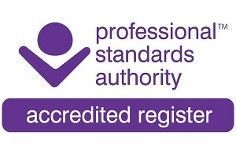Tennis Elbow
What is tennis elbow?
Tennis elbow medically known as lateral epicondylitis is a condition that causes pain to the outside of the elbow, near the joint; where the muscles attached to the elbow become inflamed. It often happens after overuse or repeated action of the muscles of the forearm, Pain may be experienced on the outside of the elbow and can travel down the forearm and into the wrist when:
- lifting or bending the arm
- when gripping
- when twisting the forearm, such as turning a door handle or opening a jar
- when extending the arm
What causes tennis elbow?
Tennis elbow is usually caused by overusing the muscles which are between the elbow and the wrist. If the muscles are strained, tiny tears and inflammation can develop in the tendon which attaches the muscle to the end of the bone (the lateral epicondyle).
As the name suggests, tennis elbow is sometimes caused by playing tennis, but any activity that puts repeated stress on the elbow joint can cause it. Pain that occurs on the inner side of the elbow also caused in a similar way is known as golfer's elbow.
Tennis elbow is mostly caused by overusing your forearm due to a repetitive or strenuous activity. But it can also occur from gripping something too tightly or after banging or knocking your elbow.
You can also get tennis elbow if your forearm muscles are not used to doing a certain activity, such as gardening or decorating. However, even if you use your forearm muscles frequently, it can still happen.
What activities cause tennis elbow?
You can develop tennis elbow by doing any form of activity that involves repeatedly twisting your wrist, bending your elbow, gripping an object or overusing your forearm muscles. Examples include:
- playing racquet sports (tennis, badminton or squash)
- sports that involve throwing (javelin or discus)
- using hand tools repeatedly (gardening shears, screwdriver or scissors)
- using tools while decorating, plumbing or bricklaying
- activities that involve fine, repetitive hand and wrist movements (typing or sewing)
- activities that involve repeatedly bending the elbow (playing the violin)
Playing racquet sports increases your risk of developing tennis elbow, particularly if you’re playing for the first time in a long time. However, despite its name, only 5 out of 100 people actually get tennis elbow from playing racquet sports.
Why is it called tennis elbow?
In 1883, the term ‘tennis elbow’ first appeared in a paper by H. P. Major, described as ‘lawn-tennis elbow’, as this condition was becoming popular in players of the newly popular game lawn tennis.
Although only few tennis players are diagnosed with the condition nowadays, it is actually more common in people performing repetitive movements. Painters, plumbers, carpenters, mechanics, factory workers, typists, cooks, and butchers are particularly prone to developing tennis elbow due to the repetition and heavy lifting required in these occupations.
How long does tennis elbow last?
Tennis elbow usually lasts between 6 months and 2 years, with most people (90%) making a full recovery within a year.
Will tennis elbow heal on its own?
Tennis elbow will get better without treatment (known as a self-limiting condition).
The most important thing to do is to rest your injured arm and stop doing the activity that caused the problem. There are also simple treatments to help with the pain, like holding a cold compress, such as a bag of frozen peas wrapped in a towel or a freeze pack on the elbow for a few minutes several times a day, even applying freeze gel over the inflamed area can help bring some relief.
What can I do to treat tennis elbow?
There are many things you can do to treat tennis elbow and to eliminate it far quicker than if you left it to heal on its own. But we advise doing a combination of these suggestions to maximise your chances of a quicker healing time.
- Regular icing
- Seek treatment from a sports therapist or physiotherapist
- Wear a tennis elbow band or if having regular treatment your sport’s therapist will tape your arm and elbow after the treatment
- Change the cause, if tennis is the cause seek advice on the best fit tennis racquet for your grip and play. If it’s a repetitive move at work then reduce the time spent doing that move or look at a different way to work
- Rest and avoid doing what aggravates it
- Anti-inflammatory medications can help reduce the inflammation but you would also need to combine these with other things listed here.
- Painkillers can reduce the pain you’re feeling but I never promote the use of painkillers as they block the pain and give you a false sense that the area is better so you can carry on causing more damage
What would happen if I came for a treatment?
We would treat the forearm muscles and tendons with a combination of soft tissue massage and fascial techniques using an instrument called a Rockblade.
This helps break down the connection between the skin, the fascia and the muscle so the three structures can move independently without causing any friction or pain. We may also treat the area with Ultrasound which will help reduce inflammation.
A freeze gel or anti inflammatory gel may also be applied followed by Tape; the tape interferes with the pain signal through the nerve endings so you feel less pain, it decompresses the skin to support muscles and joints whilst allowing movement and correct the joints form.
Having treatment can dramatically speed up the recovery time so you can get back to the sport you love.
